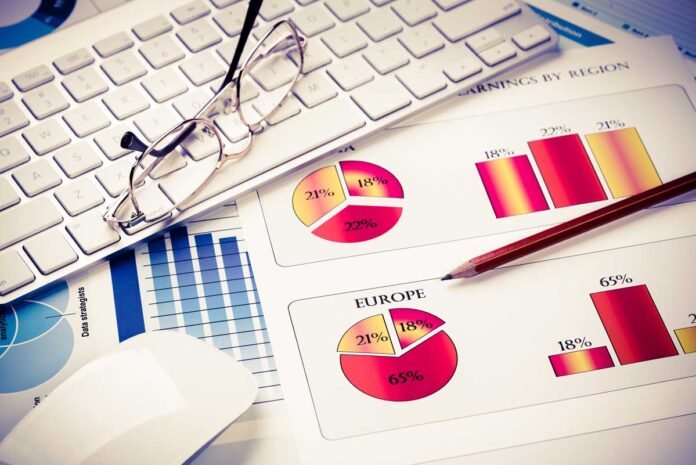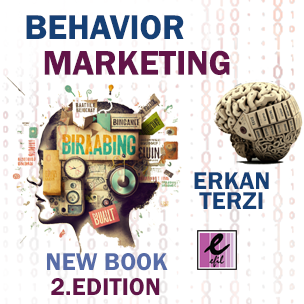Success in digital advertising is not just about launching a campaign. True success comes from accurately measuring campaign performance through the right metrics, interpreting the results meaningfully, and developing new strategies based on these findings. Measurement and analysis are among the most critical stages of digital marketing and must be systematically established for every brand.
When evaluating the performance of digital ads, there are several fundamental metrics to consider. The first is the number of impressions. Impressions help us understand the reach of a campaign by indicating how many times an ad has been displayed to users. However, impressions alone are not sufficient because the real question is whether the ad managed to create an impact on the user.
The second key metric is the click-through rate (CTR). CTR shows the percentage of users who clicked on the ad after seeing it. A high CTR often signals a well-targeted campaign, but it’s crucial to also track post-click behavior to evaluate true success.
The conversion rate is one of the most critical indicators of a campaign’s real impact. A conversion could be anything the brand defines as a target action, such as making a purchase, filling out a form, or downloading an app. If the conversion rate is low, even a high CTR means the campaign has failed to achieve its goals.
To analyze these metrics correctly, several core tools and systems are used. One of the most common analytics platforms is Google Analytics. Google Analytics provides detailed insights into on-site user behavior, traffic sources, goal completion rates, and user segmentation. Additionally, Google Ads offers direct tracking of ad-specific conversion data.
Facebook Business Manager is one of the most comprehensive systems for measuring Facebook and Instagram campaigns. It provides detailed metrics such as impressions, reach, engagement, clicks, conversions, and costs. It also enables brands to conduct A/B tests and compare the performance of different creatives and targeting strategies.
For programmatic advertising management, platforms like DV360, The Trade Desk, and Adform are widely used. Through these systems, brands can manage multi-channel campaigns, optimize targeting, and analyze campaign effectiveness. In programmatic campaigns, it is also essential to monitor additional metrics like viewability, fraud detection, and brand safety.
For video campaigns, YouTube Ads Manager and TikTok Ads Manager are the primary platforms. In video advertising, view rate, average watch time, and completion rate are key performance indicators, as the success of a video ad depends heavily on how much of the video users actually watch.
Beyond campaign-specific metrics, user experience (UX) data should also be analyzed. Tools like Hotjar, Microsoft Clarity, and Crazy Egg help monitor in-page user behavior through heatmaps, scroll maps, and session recordings. These insights show where users are dropping off and how they are interacting with the website after encountering an ad.
For advanced data visualization and reporting, platforms like Google Data Studio, Tableau, and Power BI are used. These tools present the data in dynamic reports, tables, and graphs, making the analysis more understandable and actionable, especially for board-level reporting.
Brands investing in mobile app advertising should use mobile-specific analytics tools like Firebase Analytics or Adjust. These platforms allow tracking app installation campaign performance, user retention, in-app behavior, and user lifecycle data.
One critical point in digital ad measurement is setting the campaign objectives clearly from the beginning. Every campaign has a different goal—some aim for increased sales, others for brand awareness, and others for data acquisition. Therefore, the KPIs (Key Performance Indicators) that will be tracked must be defined precisely at the start.
Without choosing the right tools and conducting systematic analysis, it is impossible to measure the real performance of a digital advertising campaign. Measurement and analysis are not only for understanding past results but also for optimizing future strategies and achieving higher efficiency. If you can’t measure something, you can’t manage it. For this reason, accurate analysis, correct interpretation, and proper actions are essential at every step.


